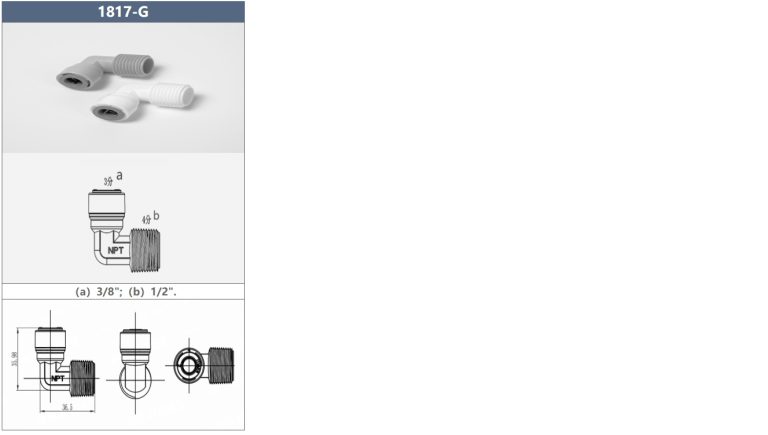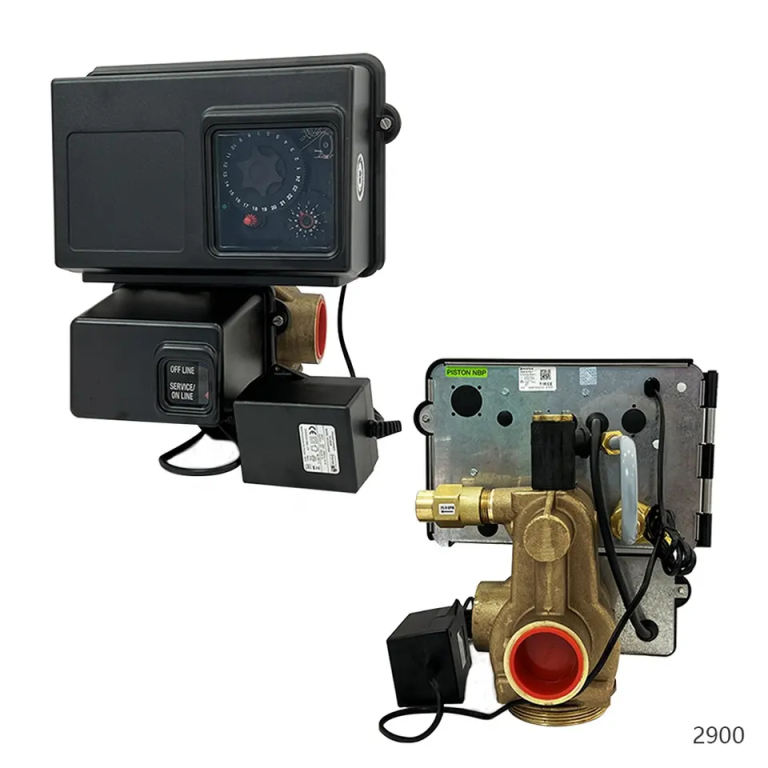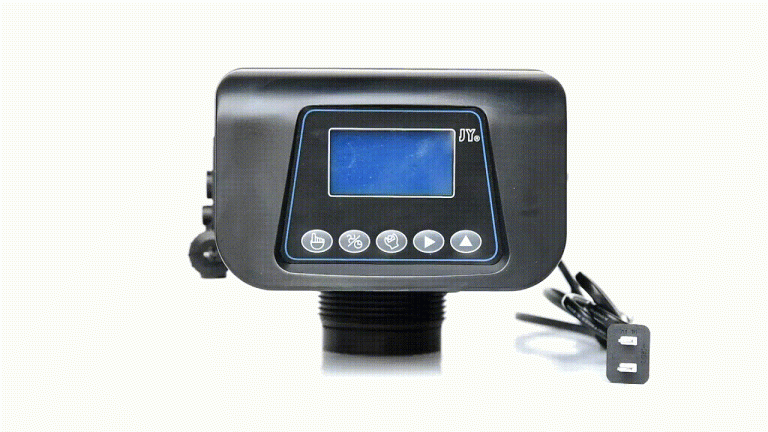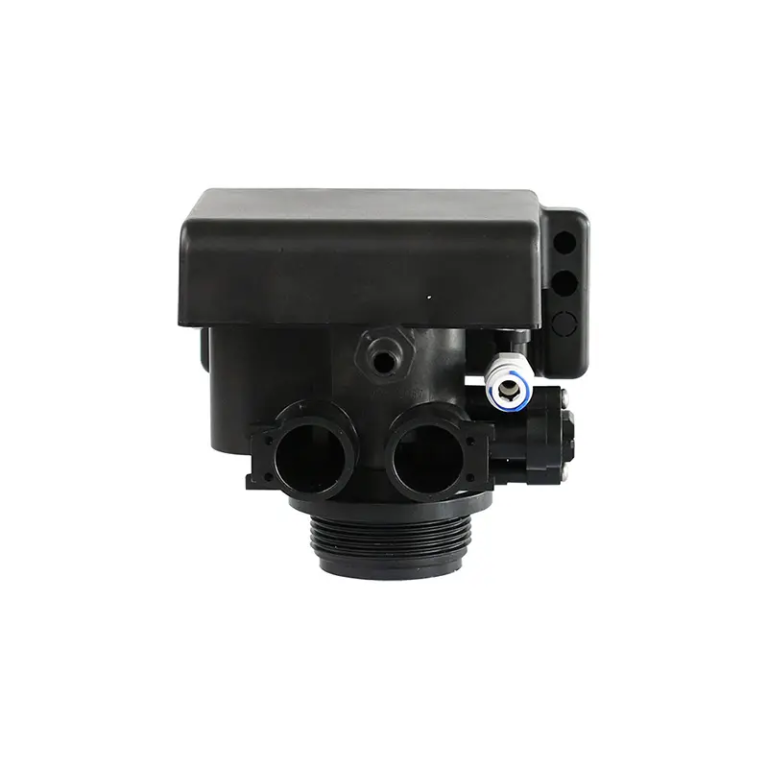“More particles, more pathways: increasing concentration boosts conductivity.”
The Relationship Between Conductivity and Concentration
Conductivity is a measure of a material’s ability to conduct electricity. It is influenced by various factors, including the concentration of ions in a solution. In general, conductivity increases with concentration due to the higher number of charged particles available to carry electrical current.
When a substance dissolves in a solvent, it breaks down into ions that are free to move and carry electrical charge. The more ions present in a solution, the greater the conductivity. This relationship between conductivity and concentration is known as the Nernst-Einstein equation, which states that conductivity is directly proportional to the concentration of ions in a solution.
As the concentration of ions increases, the number of charge carriers available to conduct electricity also increases. This results in a higher conductivity as more ions are able to move and carry electrical charge through the solution. In other words, a higher concentration of ions means a greater ability for the solution to conduct electricity.
One example of this relationship can be seen in electrolyte solutions, which contain ions that can conduct electricity. When an electrolyte is dissolved in water, it dissociates into positively and negatively charged ions. The higher the concentration of ions in the solution, the greater the conductivity of the electrolyte.
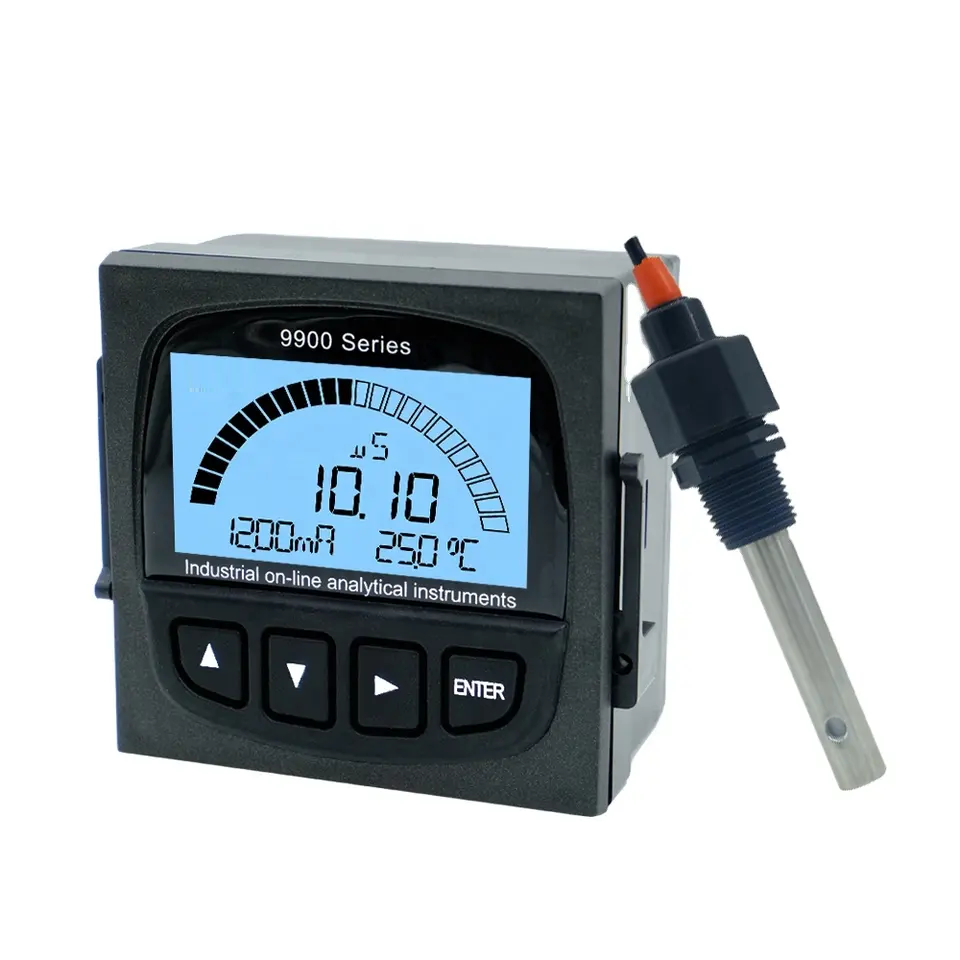
In contrast, non-electrolyte solutions do not dissociate into ions and therefore do not conduct electricity. This is because there are no free charge carriers available to carry electrical current. As a result, the conductivity of non-electrolyte solutions remains low regardless of concentration.
It is important to note that conductivity is not solely determined by concentration. Factors such as temperature, pressure, and the nature of the ions present can also influence conductivity. However, concentration plays a significant role in determining the overall conductivity of a solution.
In practical terms, the relationship between conductivity and concentration has important implications for various industries and applications. For example, in the field of environmental monitoring, conductivity measurements can be used to assess water quality by determining the concentration of dissolved ions in a sample. Higher conductivity levels may indicate the presence of pollutants or contaminants in the water.
In the pharmaceutical industry, conductivity measurements are used to monitor the concentration of ions in drug formulations. By ensuring the correct concentration of ions, pharmaceutical companies can maintain the stability and efficacy of their products.
Overall, the relationship between conductivity and concentration is a fundamental principle in the field of chemistry and materials science. Understanding how these factors are related can help researchers and engineers design more efficient processes and products. By increasing our knowledge of conductivity and its relationship to concentration, we can continue to make advancements in various fields and industries.

